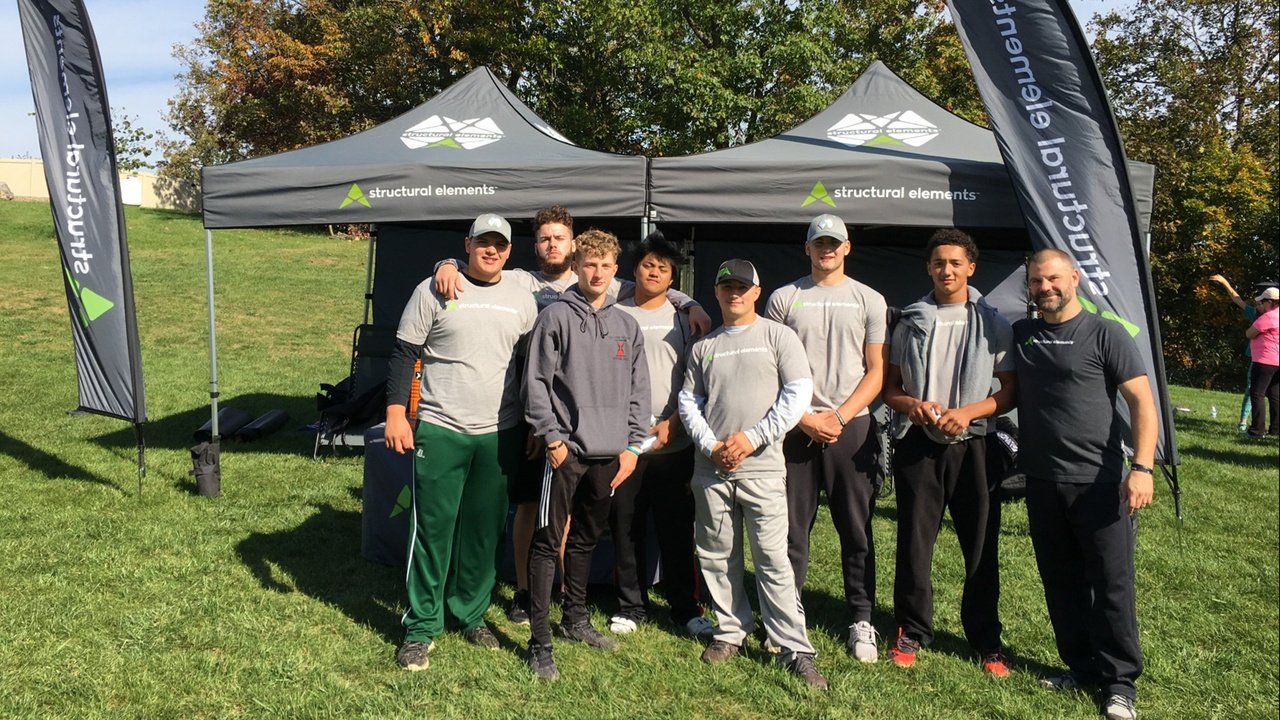
Youth Sports Injury Prevention
Training and conditioning for Fall sports is upon us! Taking part in sports is an important aspect of a healthy, physically active lifestyle for kids, but injuries can, and do occur. More than 2.6 million children, aged 0-19, are treated in the emergency department each year for sports and recreation-related injuries.
Here are 10 tips that you can take to help make sure your kids stay safe and injury-free on the field or court in preparation for the up-coming season.
- Schedule a sports physical- most schools require a physical before your teen can participate in a sport. Ensure you have plenty of time to schedule your teen’s sports physical to avoid missing a deadline that may prevent them from trying out or joining the team.
- Update medical history- although sports physicals should involve the discussion of general medical problems, coaches and school nurses should be made aware of your child’s health history.
- Encourage the importance of hydration- pre-hydrating before games, drinking fluids every 15-20 minutes while practicing outdoors, and re-hydrating after practice and games is essential, especially during this hot summer heat.
- Arrive early to allow for a proper warm-up - Dynamic stretching provides a full body warm-up, increases your flexibility, activates your stability and core muscles, and helps improve your range of motion for preparation of your workout or sport.
- Make time to properly cool down after activity- During a strenuous workout your body goes through a number of stressful processes; muscle fibers, tendons, and ligaments are stressed, and waste products build up within your body. This will assist your body in its repair process and decrease muscle soreness.
- Purchase proper protective gear for your child’s sport- don’t let your child use worn out equipment. A common problem in child athletic programs is a lack of protective equipment. Make sure your athlete has the required equipment necessary.
- Watch for unsafe playing surfaces- Studies have shown that unsafe playing surfaces have increased by about 40 percent, especially artificial turf surfaces.
- Incorporate cross training to minimize over-use injuries- Adding low-impact activities allows your body to use different muscle groups and not overload any particular group.
- Don’t play through pain- Get evaluated by a Structural Elements practitioner or an orthopedic specialist if you have any concern about injuries.
- Avoid the pressure to over train- Listen to your body and decrease training time and intensity if pain or discomfort develops. This will reduce the risk of injury and help avoid “burn-out.”
Download the (se)® LAB App
You get the latest research and information about nutrition, goal setting, pain management tips, corrective exercises from our amazing therapists, and so much more at your fingertips!
Stay connected with news and updates!
Join our mailing list to receive the latest news and updates from our team.
Don't worry, your information will not be shared.
We hate SPAM. We will never sell your information, for any reason.

